|
After a successful and adventurous stop at Lake Huron in St. Ignace, Michigan, it was time to move on. Before entering the Upper Peninsula, we had determined that we wanted to spend some time on each of the three Great Lakes surrounding it. One down, two to go. Our next stop: Lake Michigan. When we booked a campground in Gladstone (near Escanaba), we knew we’d be near the water. What we didn’t know was how wonderful the scenery would be. From the satellite view on Google Maps, it looked like we’d be able to see the water from an angle because of a campsite in front of ours. We arrived on a Saturday. The rig blocking our view left on Sunday. A couple of other neighbors came and went during our time there, but we didn’t mind. For their short-term stays, they deserved the wonderful view we got to enjoy for the whole week. When your home overlooks an expansive lake, you can’t help but be thankful. Every day there, we woke up in awe of the beauty outside our windows and door. The blue body of water stretched as far east and west as we could see, providing a welcome respite to a busy work week. A Tale of 2 Gullivers Our journey to Gladstone took us through the little town of Gulliver, Michigan, population between 600 and 700, depending on the source. Of course, we had to stop, for Gulliver’s sake. Gulliver enjoyed a nice rest at Gulliver’s Crossroads — a fuel station with a roomy parking lot and raved-about food made to order — while Bob finished a Project Management Professional (PMP) call. He facilitates a study group to help up and coming PMPs pass the Project Management Institute exam and was recognized as the April Volunteer of the Month. We couldn’t leave the small town without purchasing sweatshirts in honor of our hard-working truck. After fueling both Gulliver and us, we traveled along Lake Michigan about an hour to reach our campsite right on the lake. We couldn’t have asked for a better way to spend the week. We enjoyed walking along the lake every day — except for the midge flies. Unexpected Pests We had planned our visit to the UP early to avoid mosquitoes and black flies, and we succeeded. But we didn’t know about midge flies. They’re little black flies about the size of mosquitoes that don’t bite, thankfully. But they do swarm, and they do get in your nose and mouth. They like humans for our carbon dioxide, and they can be found near water. Surrounded by water, the UP is host to many such flies. On our drive to Gladstone, we hit a swarm of the pests, and the rush of them hitting our windshield sounded like rain. Needless to say, dead bodies collected on Gulliver and Tagalong, making quite a mess and necessitating a trip to a car wash to give Gulliver a much-needed scrub-down. Bob scrubbed them off Tagalong as well. Lighthouse Haven Another thing that can be found near water is lighthouses. They’re all over the place in the UP — so much so that they’re easy to take for granted. You can get up close and personal to a lighthouse in almost every town along any of the three lakes. Interestingly enough, the only working lighthouse on northern Lake Michigan, Seul Choix Pointe, is in the town of Gulliver. We didn’t see that one (it doesn’t open until Memorial Day), but we did visit one in St. Ignace, rode our bikes to one in Gladstone, and walked to one near Lake Superior. Christmas in May After a rather uneventful but much appreciated stay on Lake Michigan, we reluctantly packed up to move on to Lake Superior. Wow! The biggest of the Great Lakes, this one is truly massive and actually contains 10% of the earth’s fresh water, according to the U.S. Army Corps of Engineers. We journeyed to the little town of Christmas, Michigan (near Munising), population around 400, where a 35-foot Santa Claus greeted us. The town got its start in the 1930s, thanks to a man opening a factory to make holiday gifts. Although the factory no longer exists, the theme of Christmas lingers, with roads named St. Nicholas Street, Santa Lane, Mrs Claus Lane, Mistletoe Lane, Jingle Bell Lane, Holly Drive, and Sleigh Way, among others. Each of the three Great Lakes in Michigan’s UP is freckled with small towns offering lots of things to do and loads of sights to see. We’ve been gratefully basking in the beauty of our surroundings and exploring as much as we can.
2 Comments
Having been born in southwestern Michigan and being left out of a trip to the Upper Peninsula (UP) with my older sister and cousins when I was 11, I’ve always wanted to go. Bob got to visit the UP during his 1987 tour with the Continental Singers and Orchestra. More than 30 years later, my wish finally came true. Surrounded by Lake Superior, Lake Huron, and Lake Michigan, the UP boasts beauty, forests, unique sights and experiences, pasties, and much more. There are three ways to get to the UP: through northern Wisconsin, by boat, or by driving from the lower peninsula of Michigan over the 5-mile “Mighty Mac” Mackinac Bridge, the fifth longest suspension bridge in the world. We took option three and spent a week on the Lake Huron side of the UP in the vacation town of St. Ignace. These are four cool things to do from that base location: 1. Mackinac Island Pronounced “Mackinaw,” this island is visible from St. Ignace and is only a 20-minute ferry ride away. No motor vehicles are allowed on the island, so the main modes of transportation there are horse-drawn carriages, bicycles, and feet. We intended to rent bikes and ride the 8.2-mile loop around the island. Instead, we found ourselves enamored at Fort Mackinac and spent most of our day there. Fort Mackinac dates back to the American Revolution and has a storied past that includes British and American military control. You can tour 14 buildings and be taken back to the 1880s. But that’s not the coolest part. The fort offers daily demonstrations, including cannon firing and rifle firing, complete with workers dressed in period costume. The fort also features the Tea Room Restaurant, which isn’t a room at all but a patio that presents the most spectacular views on the island. We basked in the sun there over lunch while gazing at beautiful blue Lake Huron and watching goings on below us. When we finally left the fort, we walked to Arch Rock and climbed 207 steps to see the natural limestone arch that stands 146 feet above the water. No trip to Mackinac Island would be complete without partaking of the island’s famous fudge. Many shops pedal the sweet treat, and all offer a variety of flavors. We scored a chocolate-peanut butter combination and an Irish cream delight and were not disappointed. 2. Castle Rock We certainly got our steps in while in St. Ignace. Known as “Pontiac’s Lookout” by the Ojibwa Tribe, Castle Rock, located right off I-75, is another limestone stack that rises 195 feet (171 steps). It only costs $1 per person and is well worth the amazing views overlooking Lake Huron and Mackinac Island. You have to pass through a little gift shop to get from the parking lot to the overlook, but doing so also warrants a photo op with Paul Bunyan and Babe, his blue ox. 3. Soo Locks A 45-minute drive north of St. Ignace will bring you to Sault Ste Marie and the Soo Locks, which connect Lake Superior to Lake Huron so freighter ships can get their goods in and out of more ports. The locks date all the way back to the mid-1800s, and a free visitor center offers period photos to prove it. You can linger in the visitors center and take in the history of the locks, learn about the Great Lakes and the passageways between them, and interact with a number of displays. Right outside the visitor center stands a viewing platform where you can witness ships passing through the locks. We watched a Canadian Coast Guard ship enter the lock from the Lake Huron side and wait for the water to rise in the lock before moving out toward Lake Superior. Although we’ve been through the Panama Canal on a cruise ship, we found this experience fascinating as it gave us a different perspective. 4. The Antlers Restaurant We researched other things to do in the Sault Ste Marie area and happened upon the most unique restaurant we’ve ever frequented. Antlers, as its name implies, showcases lots and lots of antlers throughout, including chandeliers made of them. In addition, a sprawling collection of taxidermied critters are on display, staring down at visitors while they eat. The building was built in the 1800s and still features unlevel floors in areas. Story has it that the taxidermied specimens were accrued in bartering. We saw a two-headed calf that actually lived six days, a wolverine, moose, an armadillo, lions, an anaconda, a hammerhead shark, a fur-bearing trout, and much more. Lake Huron only provides a small taste of life in the UP, which spans 240 miles wide and 490 miles long. Yoopers, as residents of the UP are called, consider it God’s country and paradise, and we can certainly see why.
RV travel days bring exhilaration at the adventure ahead, but they can be bittersweet when we have to say goodbye to loved ones we enjoyed spending time with. Typically, we start prepping for a travel day the night before by packing nonessentials, such as family photos and kitchen items we won’t need the next morning. I like to clean the trailer before a move as well so that we arrive at a new spot with a fresh start. On the morning of a travel day, I make sandwiches and pack snacks and water for our journey. This accomplishes two things: It prevents us from eating unsatisfying truck stop food, and it ensures I have something gluten-free to eat. Then, we get busy securing everything for transit. Bob handles the electronics and outside preparations while I oversee the interior. Safeguarding Items for Travel Once I get everything put away from out in the open, I follow a checklist to ensure I don’t forget anything. It includes securing doors, ensuring windows are closed and shades are up throughout the trailer, installing spring bars to keep items in the pantry and refrigerator from shifting, and things like that. The final steps are retracting the four slideouts, stowing our stairs, and locking the trailer door. After that, I help Bob finish any outside preparations. He’s in charge of taking down the kingpin stabilizer, disconnecting the electric, water, and sewer if we had full hookups, stowing all our hoses, and packing the electric bikes in the back of the truck cab. Hooking Up the Truck to the Trailer Then, we work together to go through our checklist to hook up the truck to the trailer. This involves a number of steps that need to be done in a precise order to prevent a potential disaster down the road. The steps include raising the back and middle trailer stabilizers, adjusting the trailer height to align with the hitch in the bed of the truck, backing up and coupling the truck to the trailer, removing tire chocks, and doing our all-important walkaround. When those tasks are done, we’re ready to go. If we didn’t have sewer hookups at the stop we’re leaving, we head to a dump station to empty our holding tanks before moving on to the next destination. That’s another involved process that needs to be done in a certain order to prevent a messy situation. Hitting the Road We usually have a fuel stop picked out that we navigate to as we burn through our 32-gallon tank of diesel pretty fast, getting only about 8 miles per gallon fuel efficiency while towing. We have to stop every two to three hours. But that works out well, because we usually need to stretch our legs and find a restroom after that much time has passed. One of us drives, and the other navigates. If we’re not on an interstate that has definite clearance for semi-trucks, we usually navigate on both of our phones using two different apps. Google Maps provides lane guidance and the fastest route. Co-Pilot directs us on roads that have enough clearance for our 13-foot, 3-inch height. At our fuel stop, we gas up where the trucks do because of our height and length. Plus, we can get diesel exhaust fluid (DEF, which our truck requires) at the pump that way, and we have a truck fuel discount card. Sometimes, we get coffee at our stop, but we usually opt for the food we brought with us in the truck. With our bladders empty and our fuel tank topped, we hit the road again to complete the journey to our destination. Parking the Rig Upon arrival, we assess our parking spot and determine the best way to get our rig situated in it. We’ve gotten faster at this the longer we’ve been on the road. We park the rig, sometimes having to add levelers under the tires on one side or the other to make the trailer level side to side.
The trailer itself is rigged with an automatic leveler to get it level front to back. Its leveler also handles side to side, but if one side starts off lower than the other, the rig sometimes raises the tires completely off the ground, which is not a good idea. With the coach in the position we want it, we run through another checklist to unhook it from Gulliver. When that’s all done, we can finally start setting everything up for the week or however long we plan to stay in that spot. Bob again handles the electric and water outside, and sewer if we have full hookups. I busy myself inside opening the slides, putting our normal things out where they go, setting up my office for the week, hanging pictures on the walls, and removing the spring bars from the pantry and refrigerator. Once Bob’s done outside, he sets up the internet, TV, and his computer. If we’re in a cold place, he also sets up our portable propane heater. It takes us about 1.5 hours to get ready to travel and about an hour to set up at our new destination. After that, we’re home and can relax in celebration of a job well done — or go exploring. After all, adventure awaits. When leaving on an RV journey, it’s vital to know the condition of your rig. If anything’s in need of repair before you depart, it will more than likely be in need of greater repair if not addressed before hitting the road. This is a lesson we learned early on, and it has certainly helped us keep tabs on our rig and fix issues before they ballooned. TV Antenna The TV antenna on our roof is an excellent example. Unfortunately, when we left Louisiana in haste to stay ahead of unpleasant weather, we failed to notice our leaning antenna. We did observe that the antenna direction controller inside the trailer didn’t stop like it should have, but we didn’t look further into it. From outside, we could see that the antenna faced the proper direction, so we considered it good to go. Looking back at pictures from right before we left, however, the issue was apparent. And it likely wouldn’t have been the big problem it became the following morning had we addressed it right then. Thankfully, we spotted it before we completely lost the antenna off our roof. If that had happened, it would have left a gaping hole for rain to get into and cause all kinds of damage. Electric Cord Cover We don’t only walk around the trailer before setting out on a trip, but we also check things every time we stop at a gas station or rest area, just as truckers do. At one fuel stop, we discovered our electric cord cover had completely blown off our rig somewhere between upper-state New York and Massachusetts. We ensured the security of our electric cord, which was all we could do, and continued on our way. We ordered a replacement cover delivered to our next destination. Protruding Screws Our walkarounds have also led to the discovery of protruding and missing screws on the skirting around the trailer. Sometimes, retightening is enough to keep the screws in place. Other times, that fix is a short-term solution that has to be reinforced with tape. When tape fails, we have to completely replace screws with nuts and bolts to keep the screws from drilling their way out. Why do screws protrude? Every time we drive the trailer anywhere, it experiences an earthquake that shakes and rattles everything in and attached to it. The vibrations of tires hitting the road — especially bumpy roads — is enough to slowly push screws out of their tightened positions. Brake Cable Connector Another walkaround saved us from losing our emergency brake cable on the trailer. One end of the cable is secured to the underside of the trailer overhanging the truck. The other end attaches around the fifth-wheel hitch in the bed of the truck so that if the trailer becomes disconnected, the trailer brakes will be applied. Once again, protruding screws allowed excess movement of the brake cable connector attachment on the trailer. We spotted the issue and were able to fix it with larger screws. Tonneau Cover Clips When not towing, we cover the bed of our truck with a Tonneau cover. When we are towing, the cover folds four times to expose the hitch in the truck bed. The cover came with straps to secure it open, but they were made with subpar quality. In other words, they really didn’t hold the cover in place to keep it from flipping closed. We replaced the original straps with some Velcro straps that wrapped around U brackets, but the new straps gave out during travel. When stopped at a Cabela’s parking lot for an overnight stay, we headed into the store on a mission to find a replacement for the Velcro straps. We rigged a solution with straps that attach to a locking carabiner clip, and we added some pyramid-shape hardware to the truck cover to secure the clips in place. We haven’t had any trouble since. Tire Noise As you can imagine, a walkround won’t reveal troublesome noises on a rig. Having bought new shoes for Tagalong in Tennessee, we were fortunate to be backing up the trailer in a Walmart parking lot before heading north to our next destination. I say fortunate because if we hadn’t been backing up, I wouldn’t have been outside the truck to help Bob and heard an awful grinding noise on our rig, indicating something clearly wasn’t right. Bob thought maybe the brakes were at fault. We switched places so he could hear the noise. Megan helped us pinpoint its side of origin, and we quickly homed in on the problem: Part of our trailer skirting was rubbing against the new front, driver-side tire. “Did Discount Tire do something wrong when installing the new tires?” we wondered. Perhaps the tech had jacked up the rig in the wrong place. Whatever the cause, we clearly had an issue that needed addressing before our 600-mile journey. Upon closer examination, we learned some screws were missing to attach the skirting to the trailer frame. We always travel with lots of tools, so Bob quickly remedied the situation, securing the piece to the frame and away from the tire so we could get on our way. We thanked God for watching out for us. If we hadn’t been trying to back up in a parking lot, we wouldn’t have discovered the issue until much more damage had been done to our new tires. Pre-travel walkarounds have saved us from many incidents that could have inflicted serious damage to our rig, our truck, and even ourselves. The importance of that practice cannot be understated. |
AuthorThis is the travel blog of full-time RVers Bob and Lana Gates and our truck, Gulliver, and fifth wheel, Tagalong. Categories
All
Archives
July 2024
|
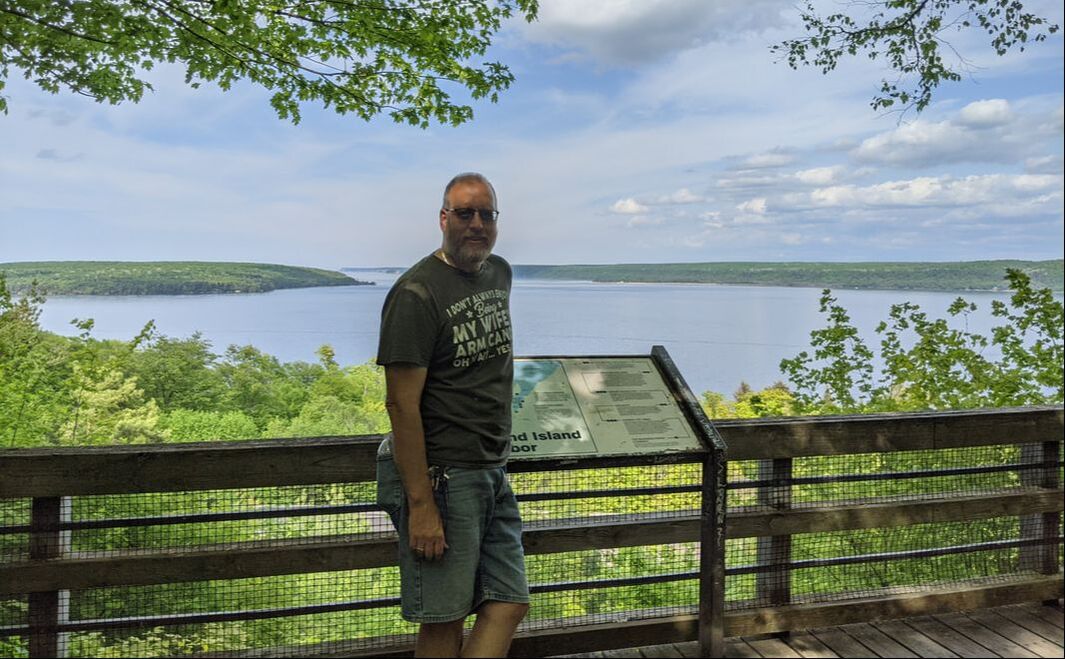
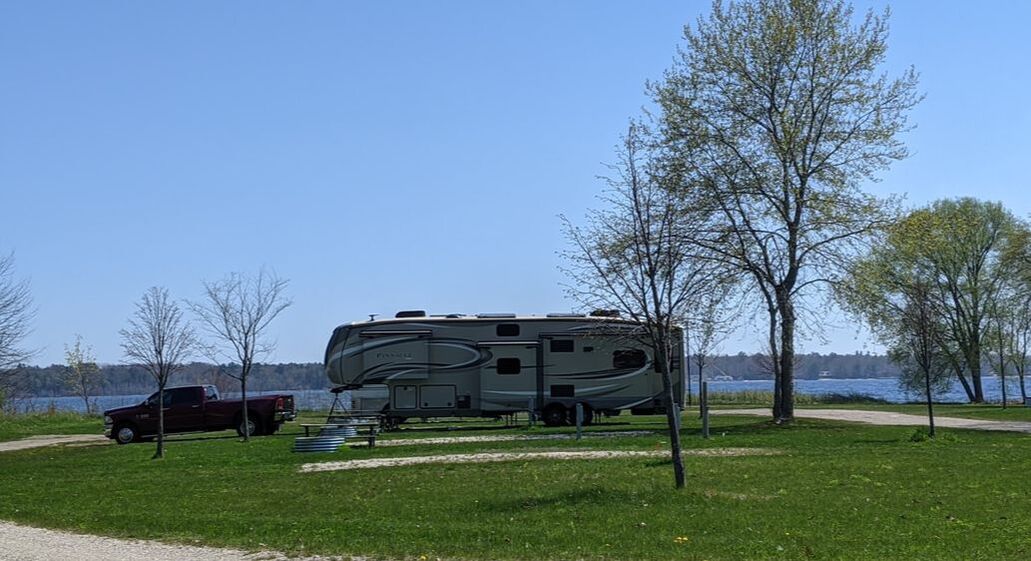
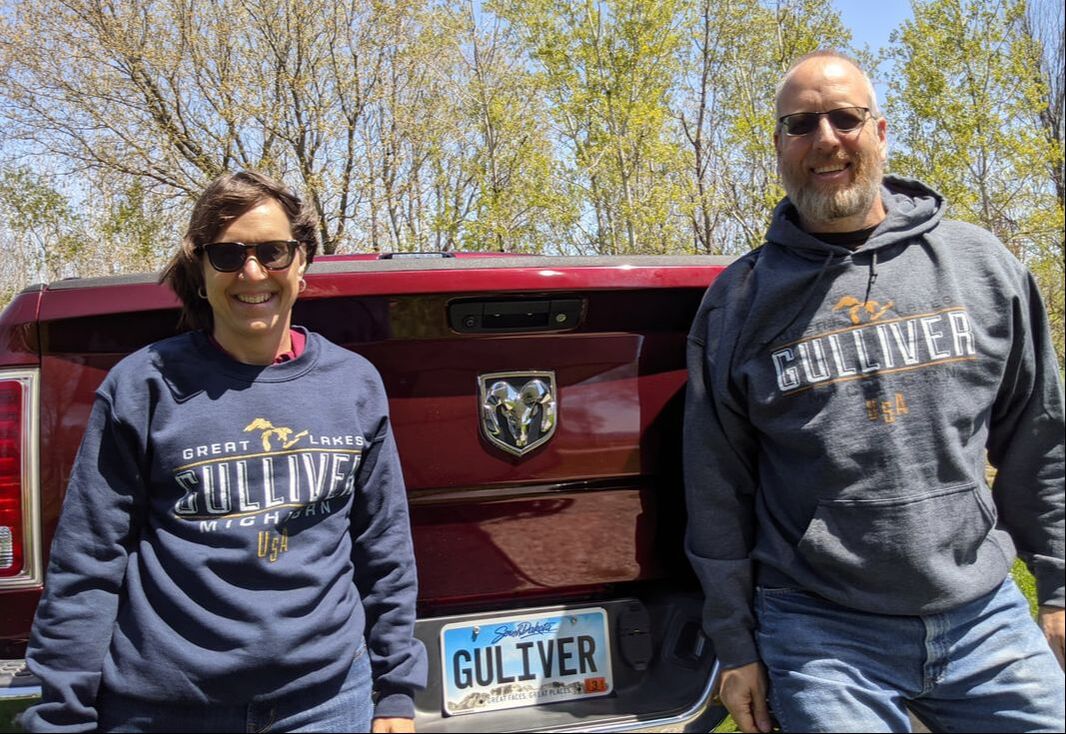
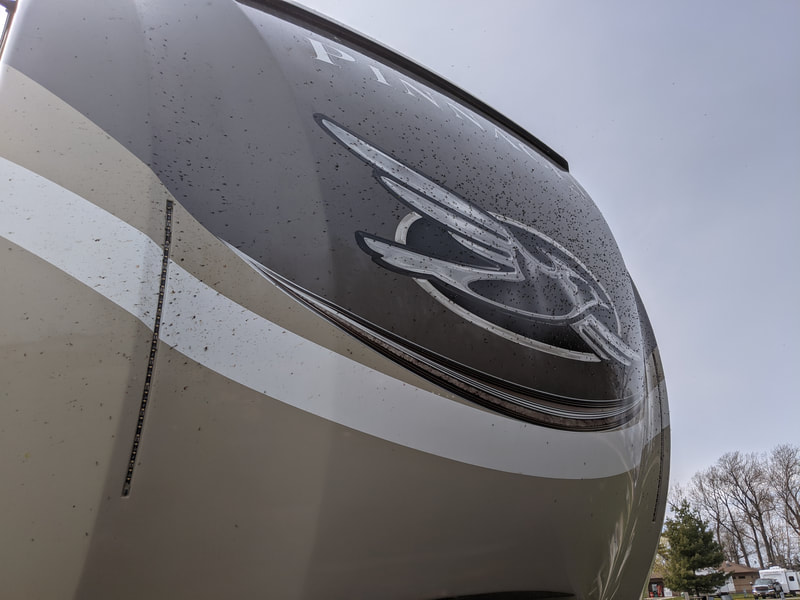
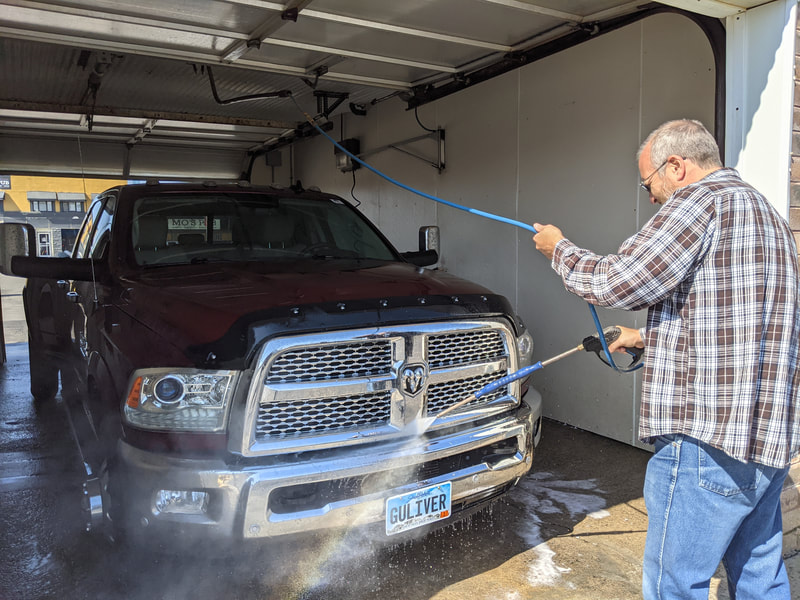
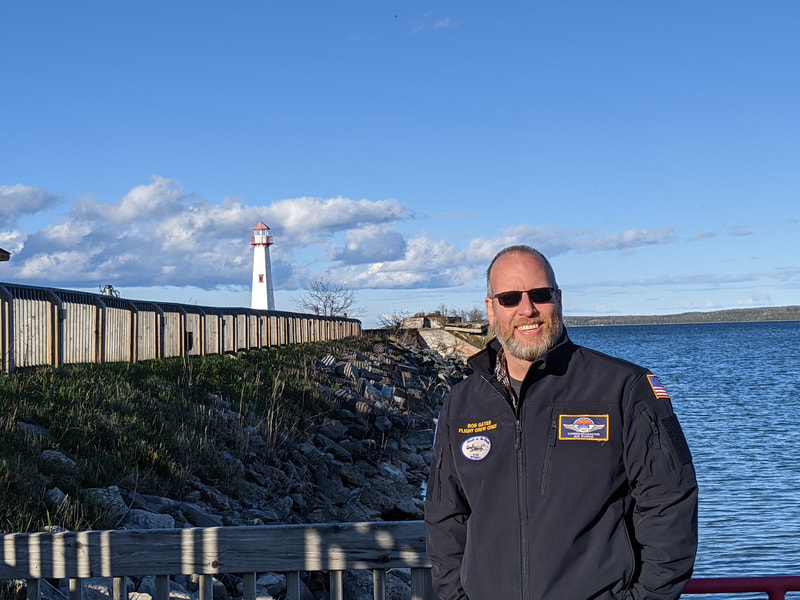
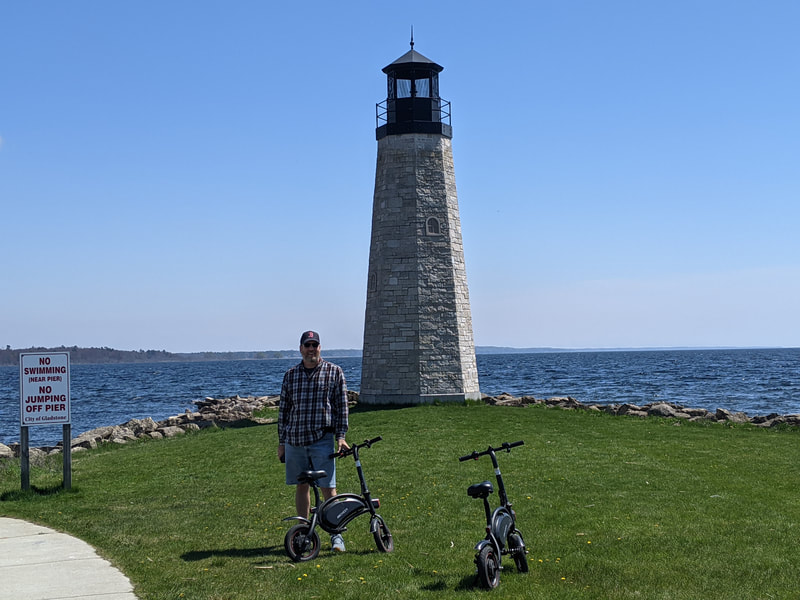
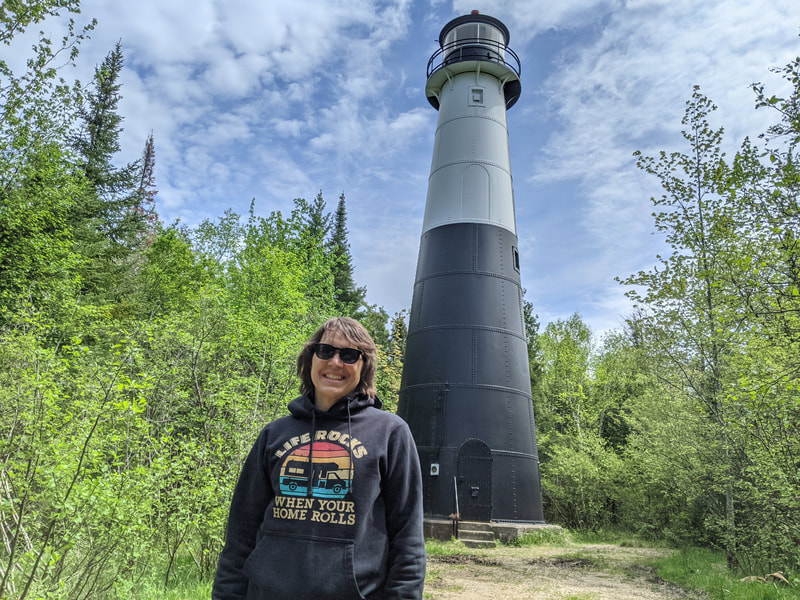

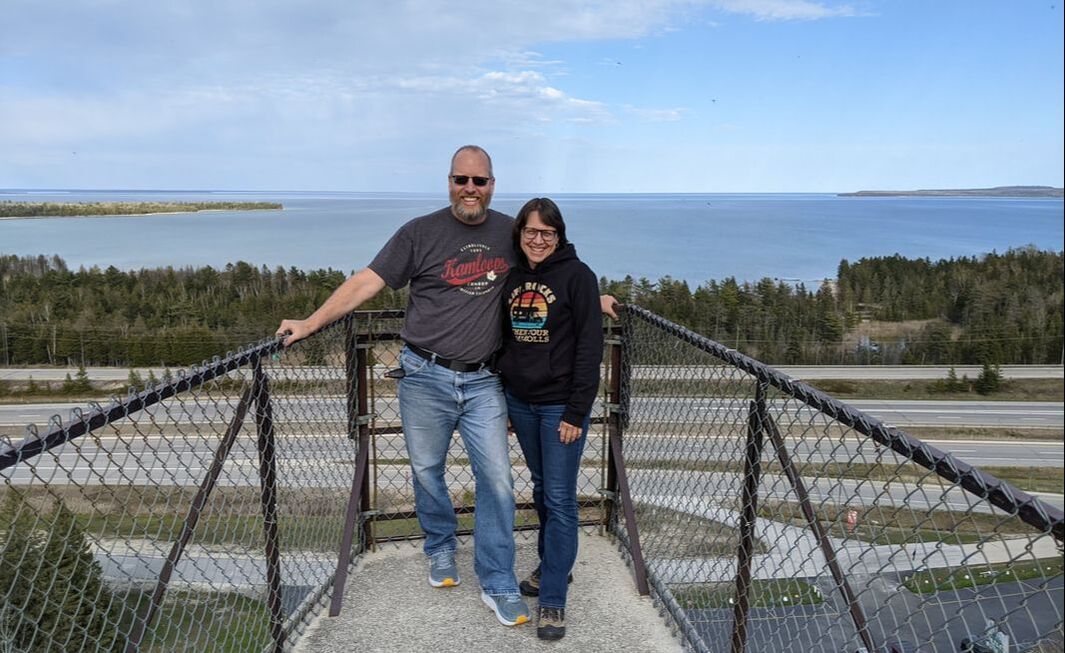

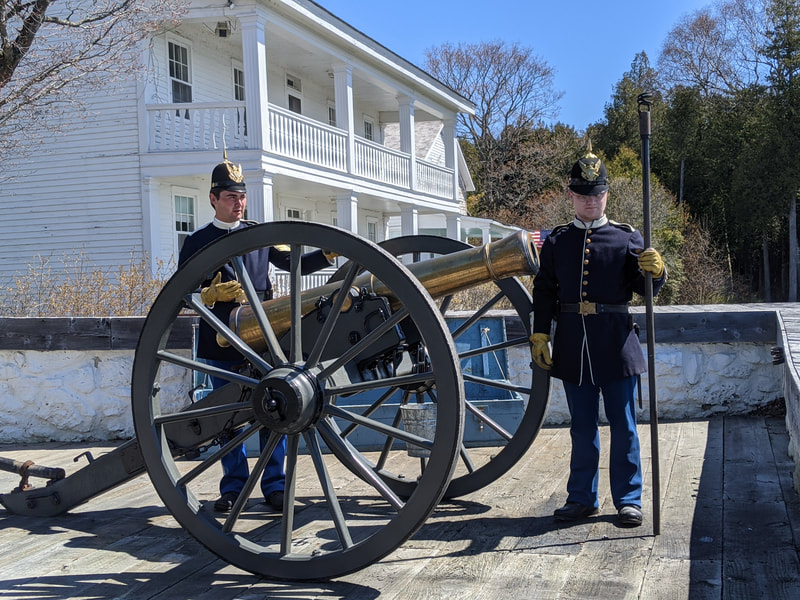
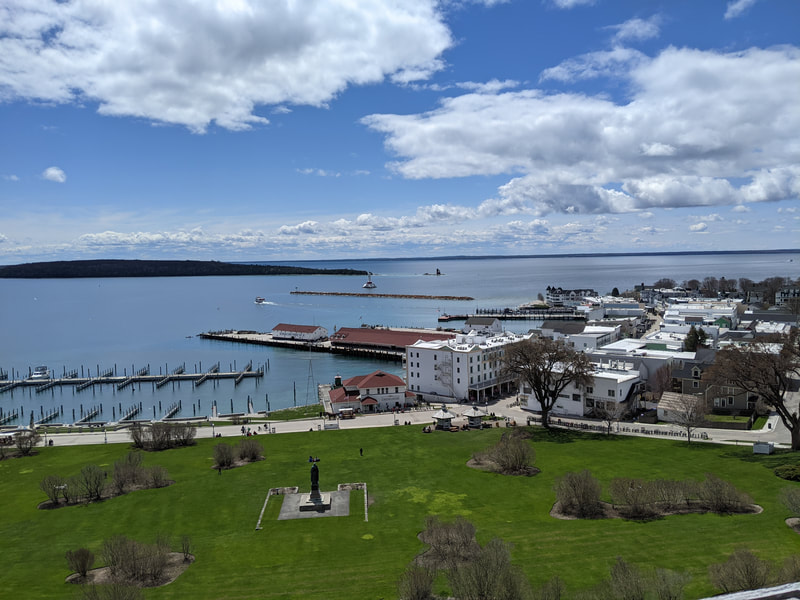

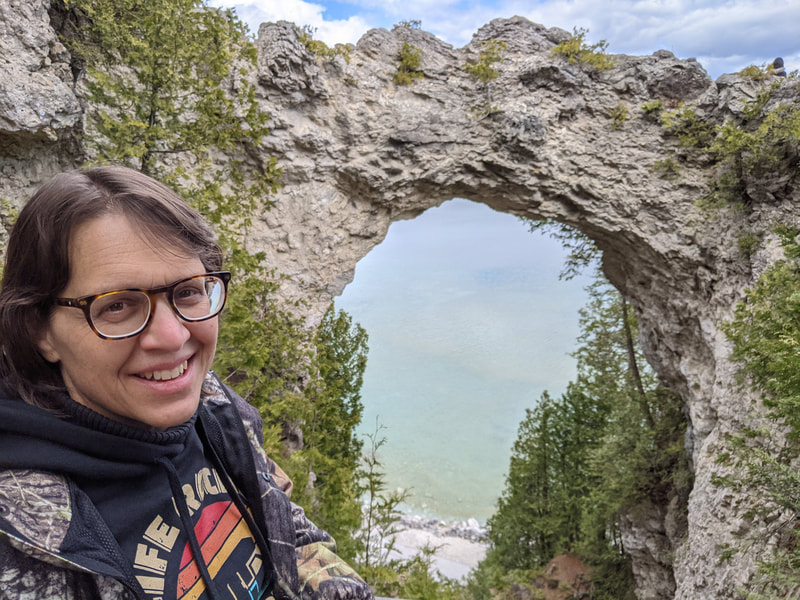
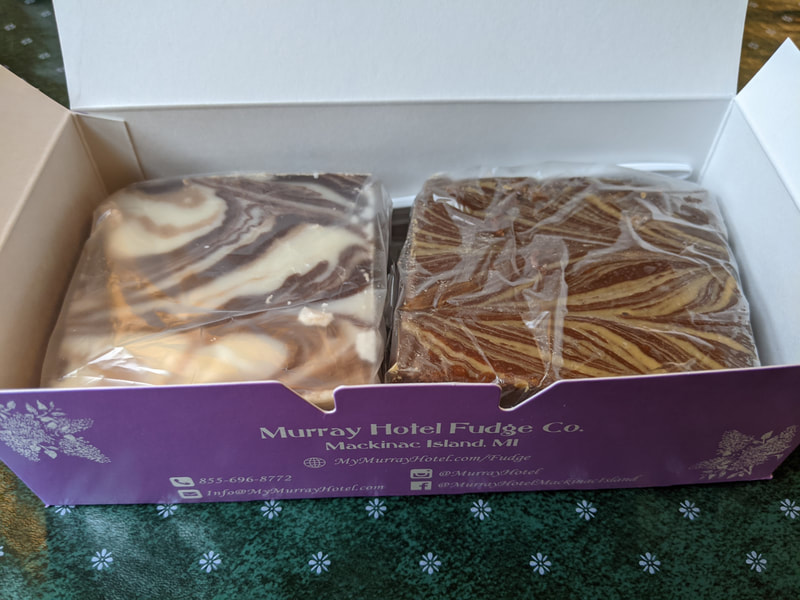
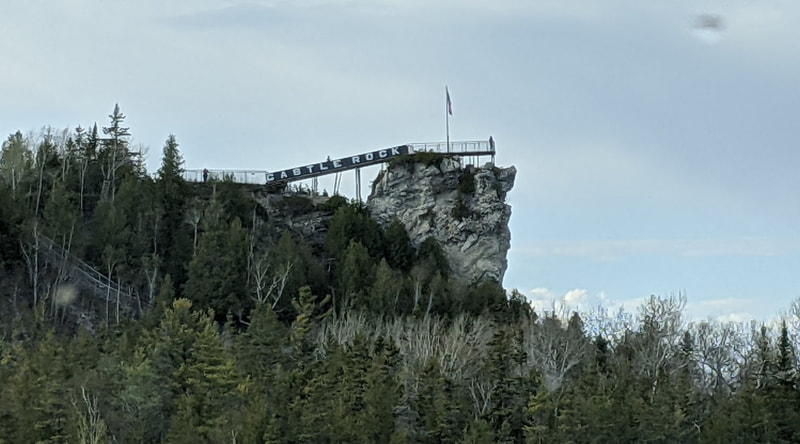
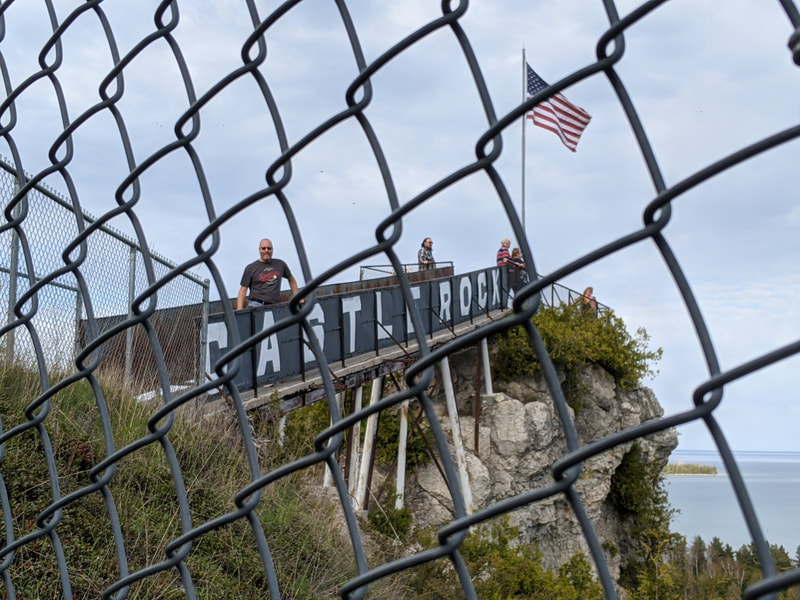
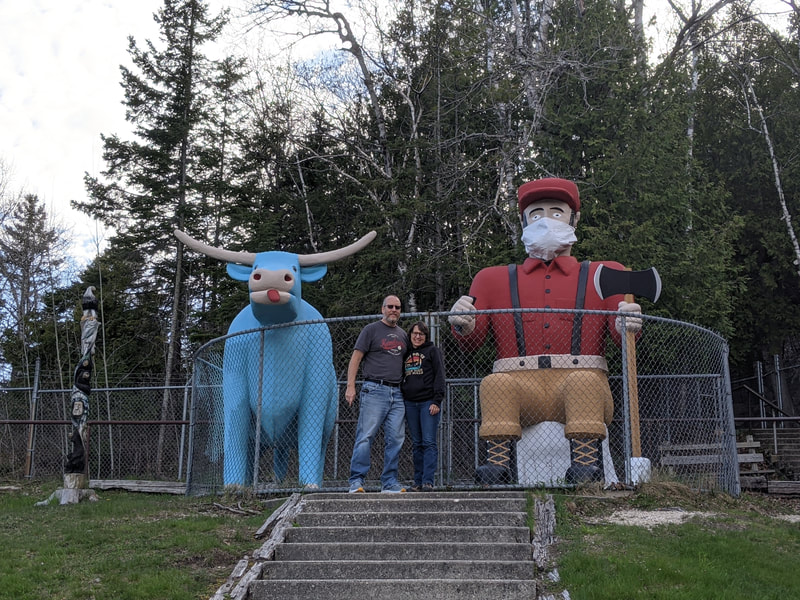
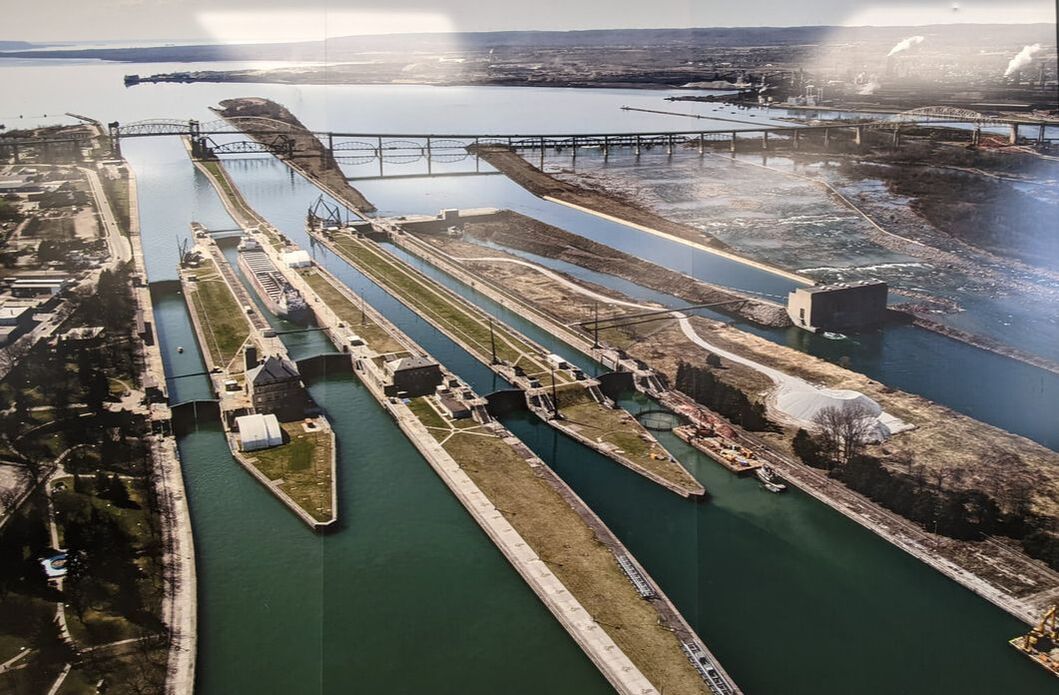
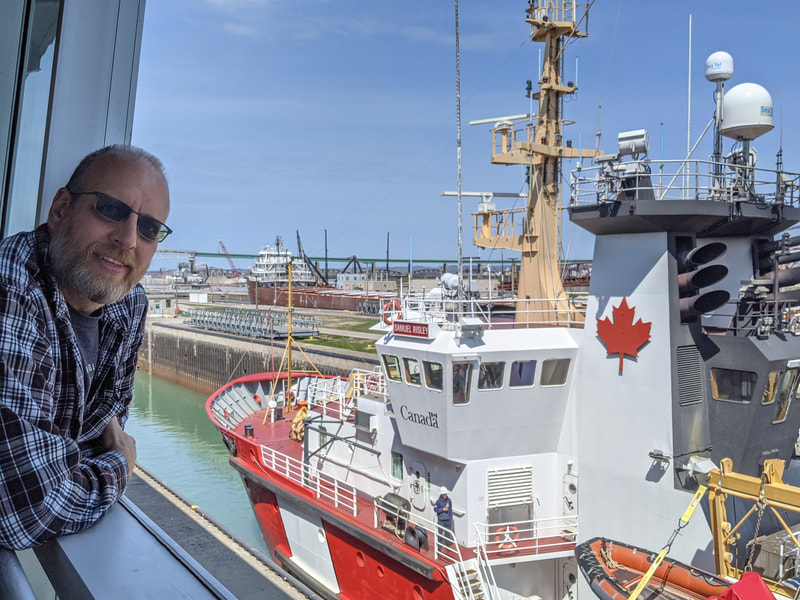
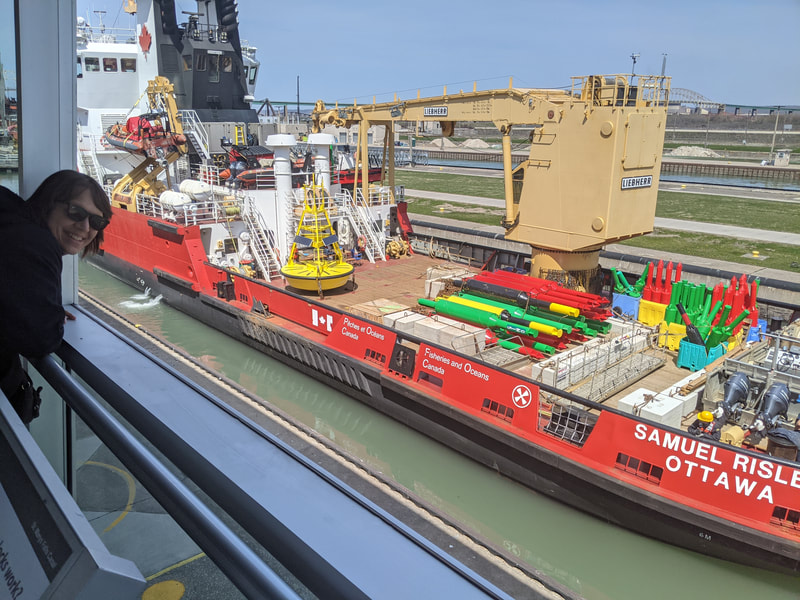
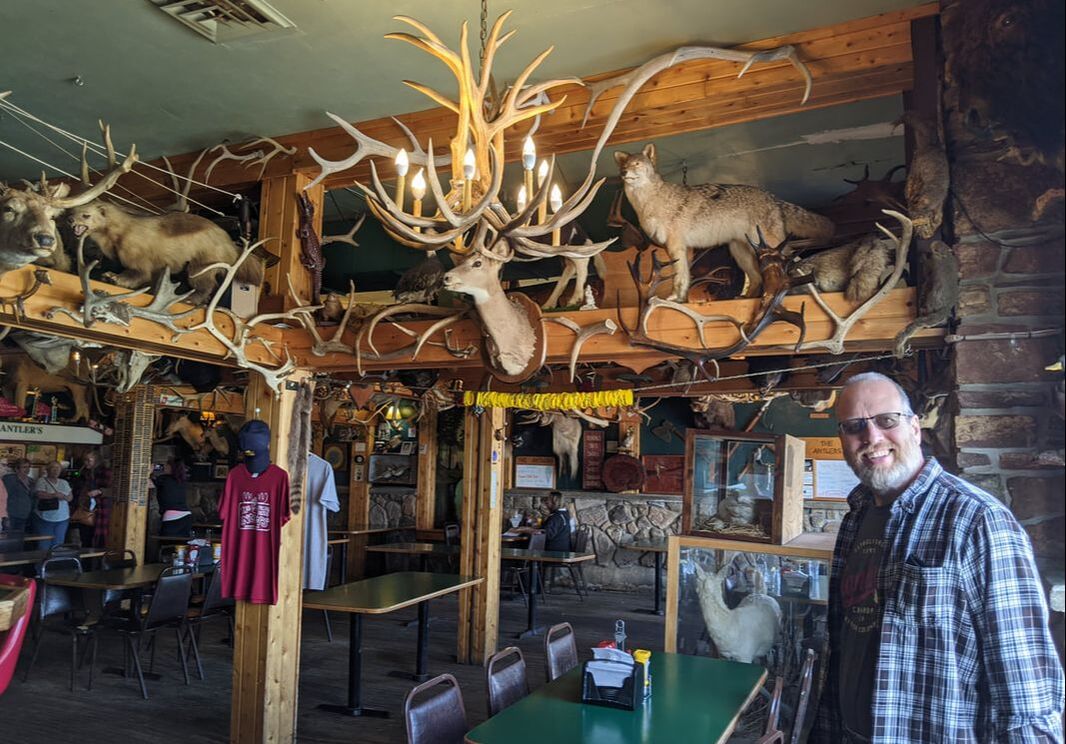
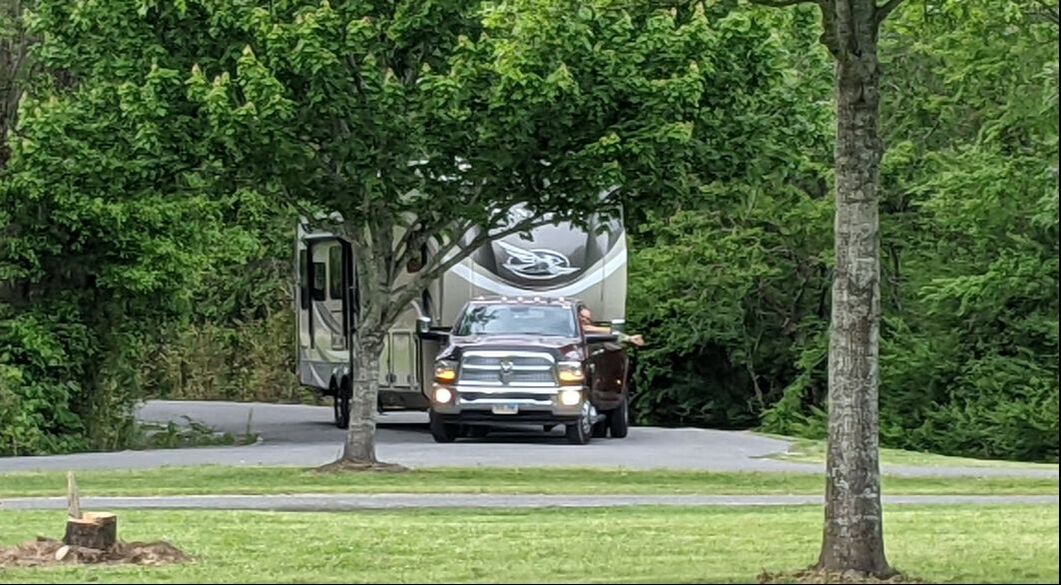
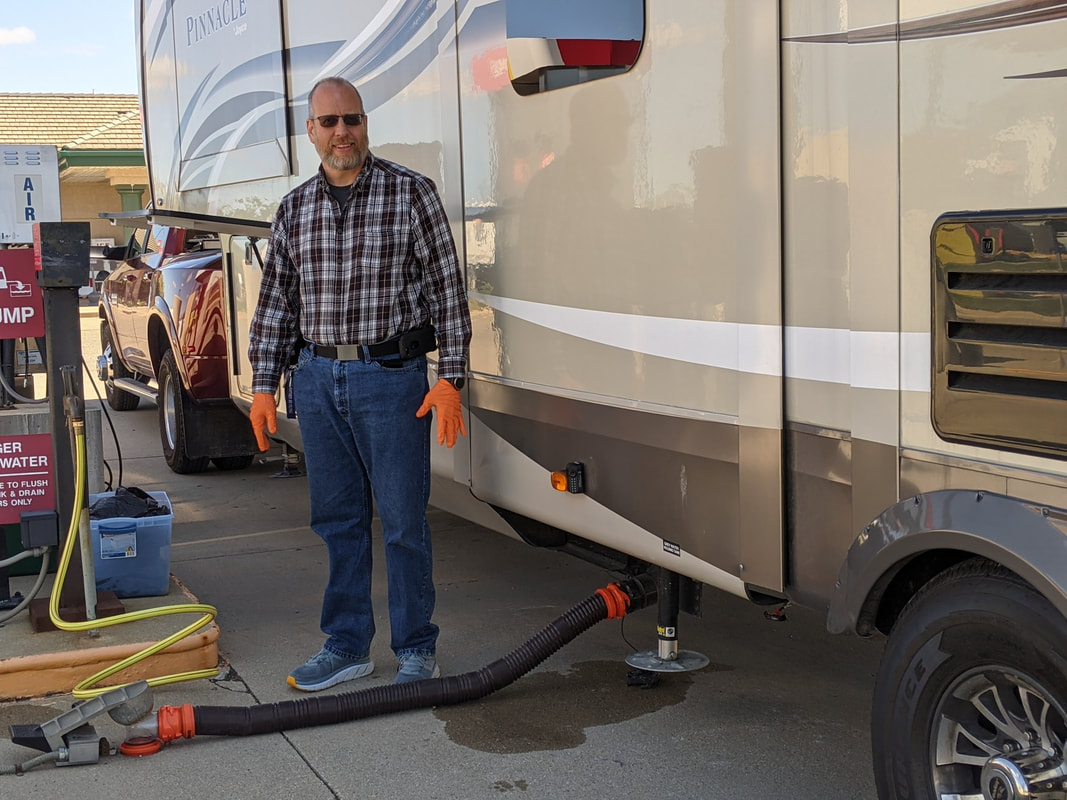
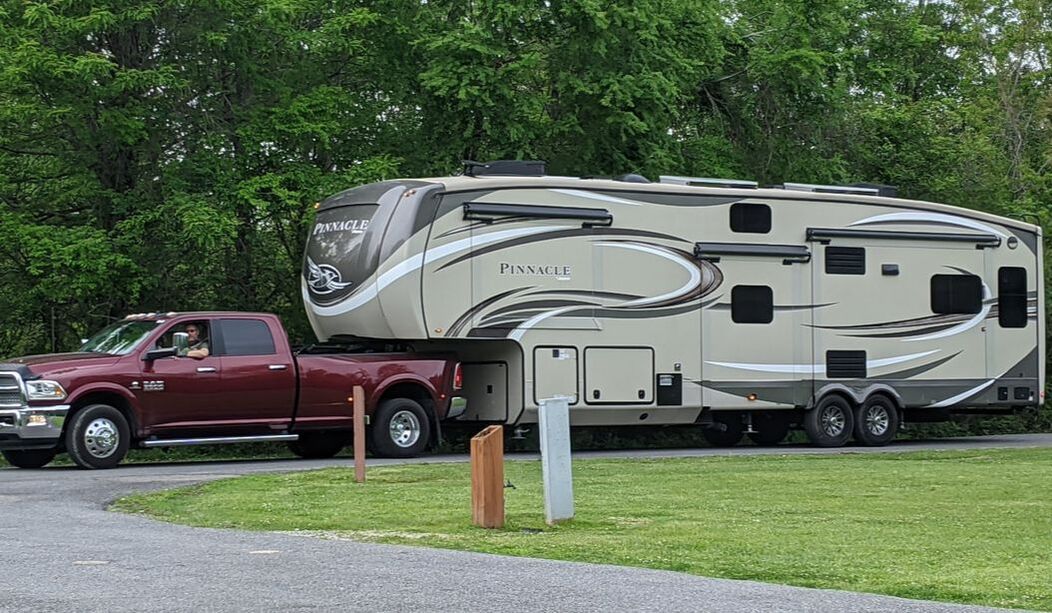
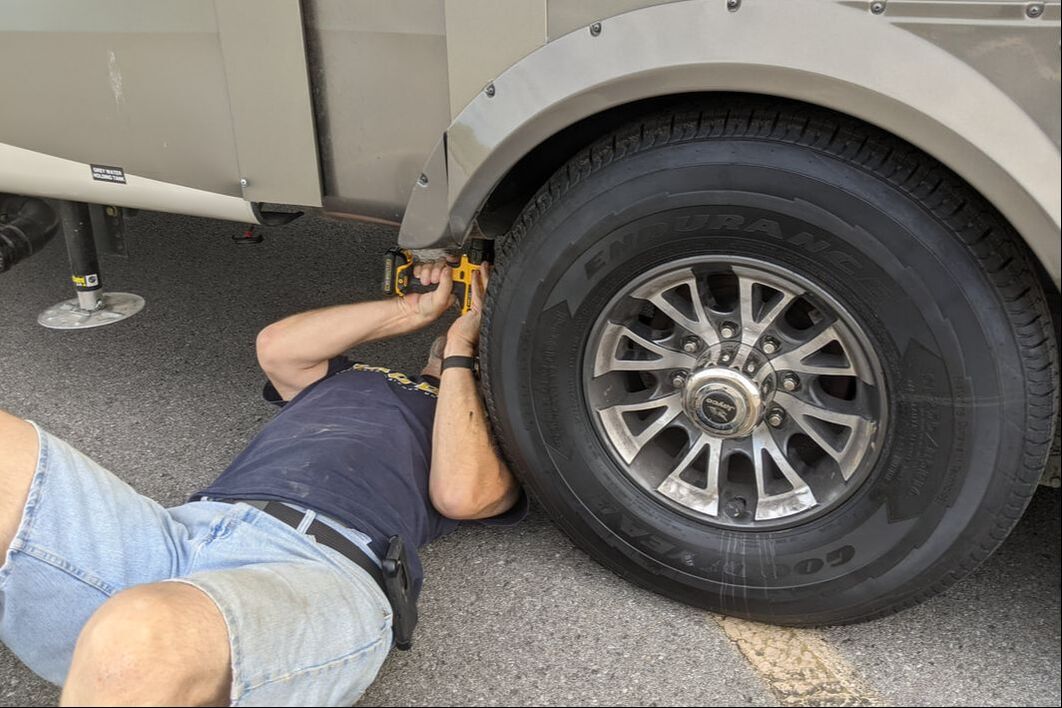
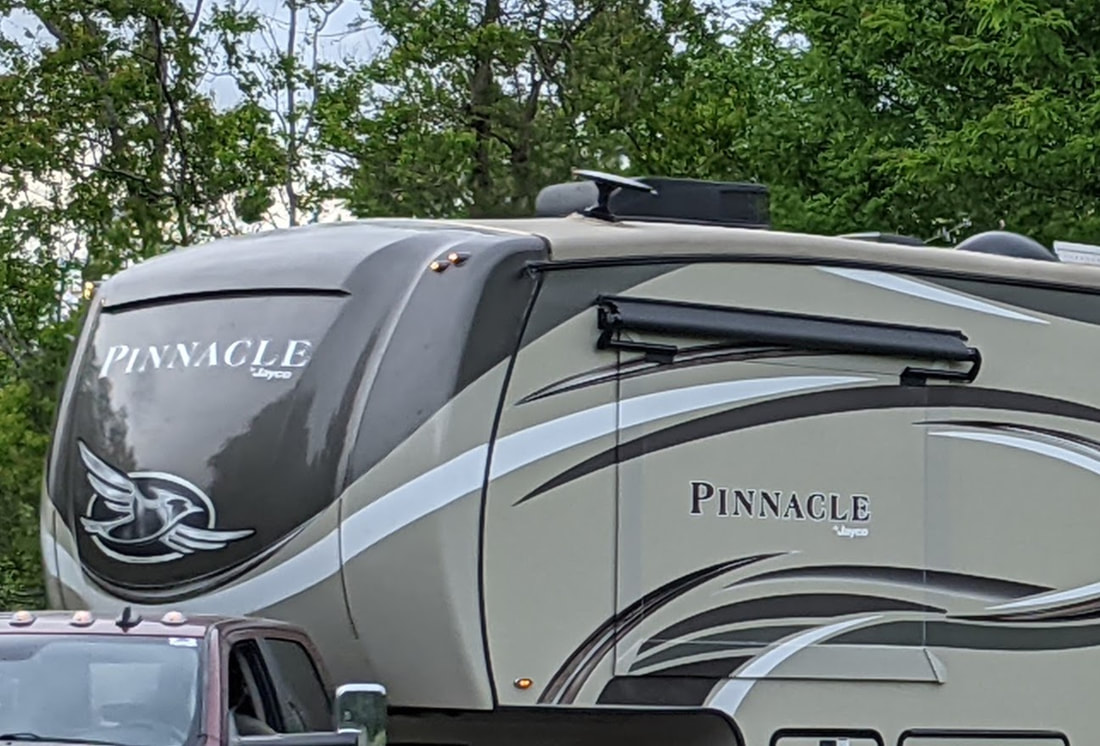
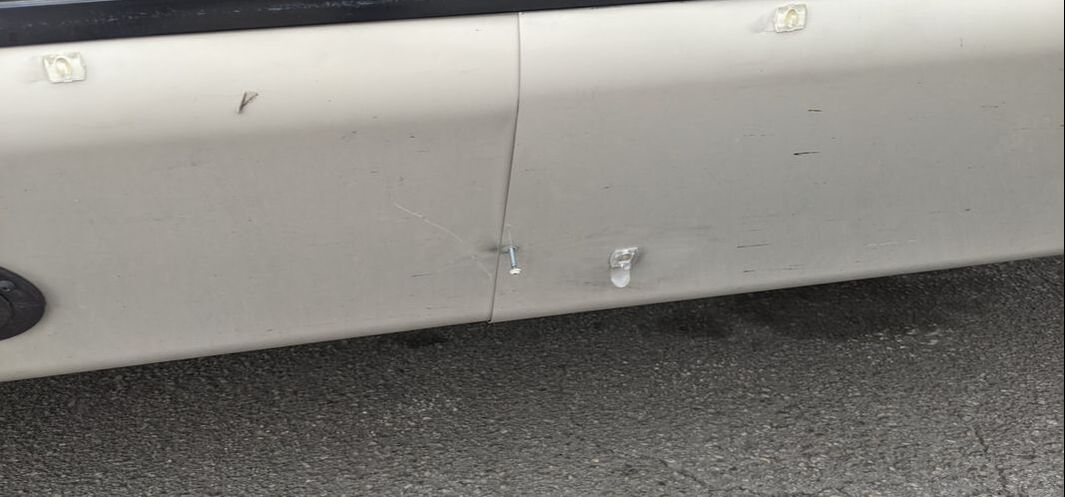
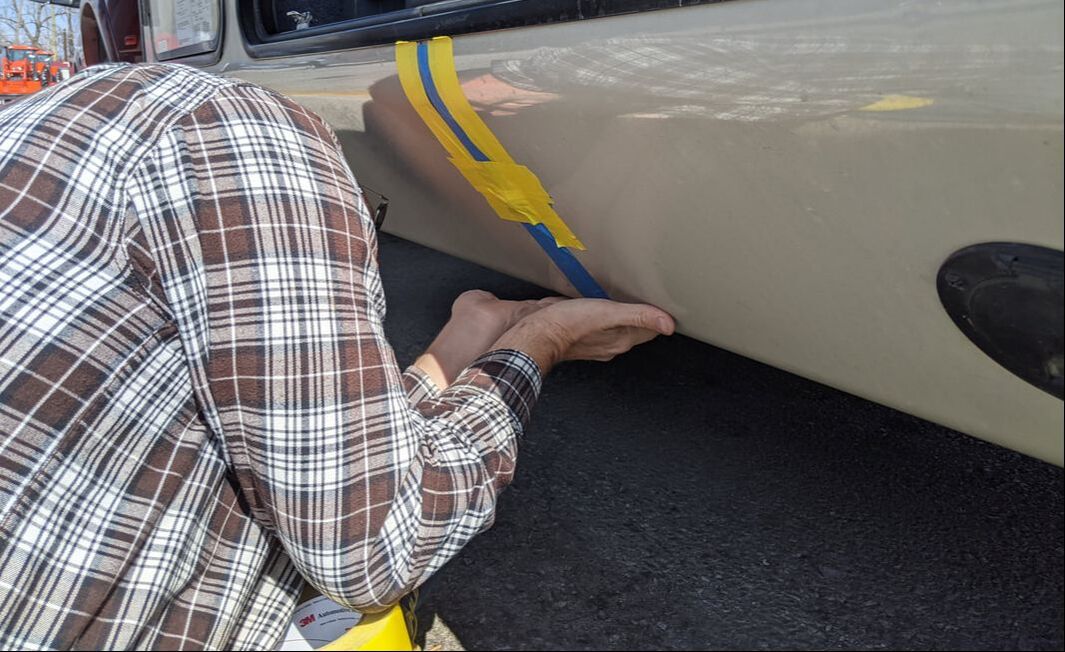
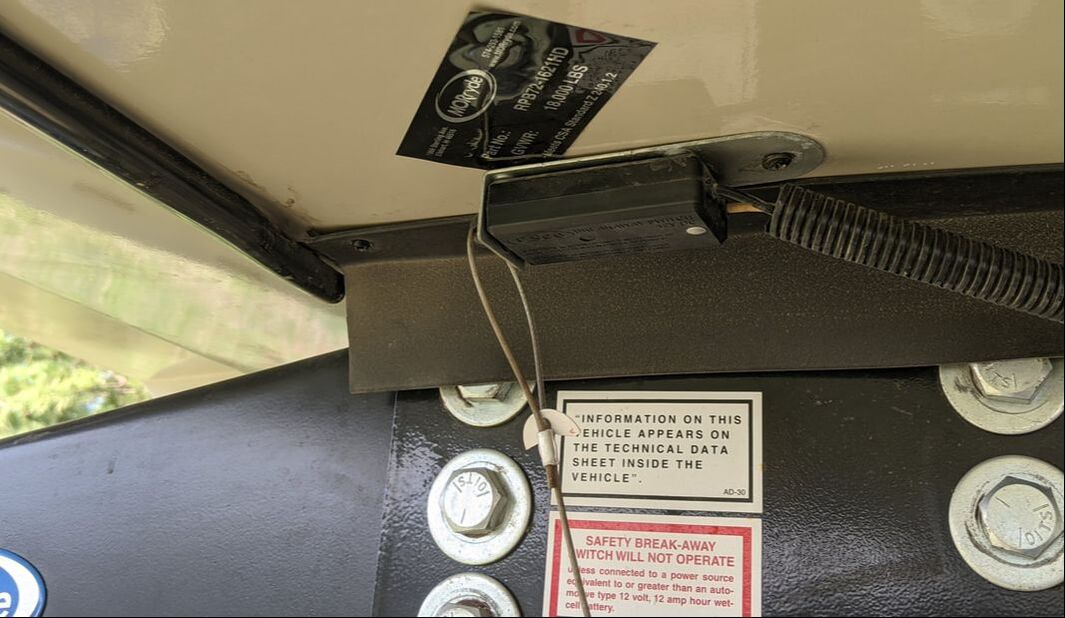
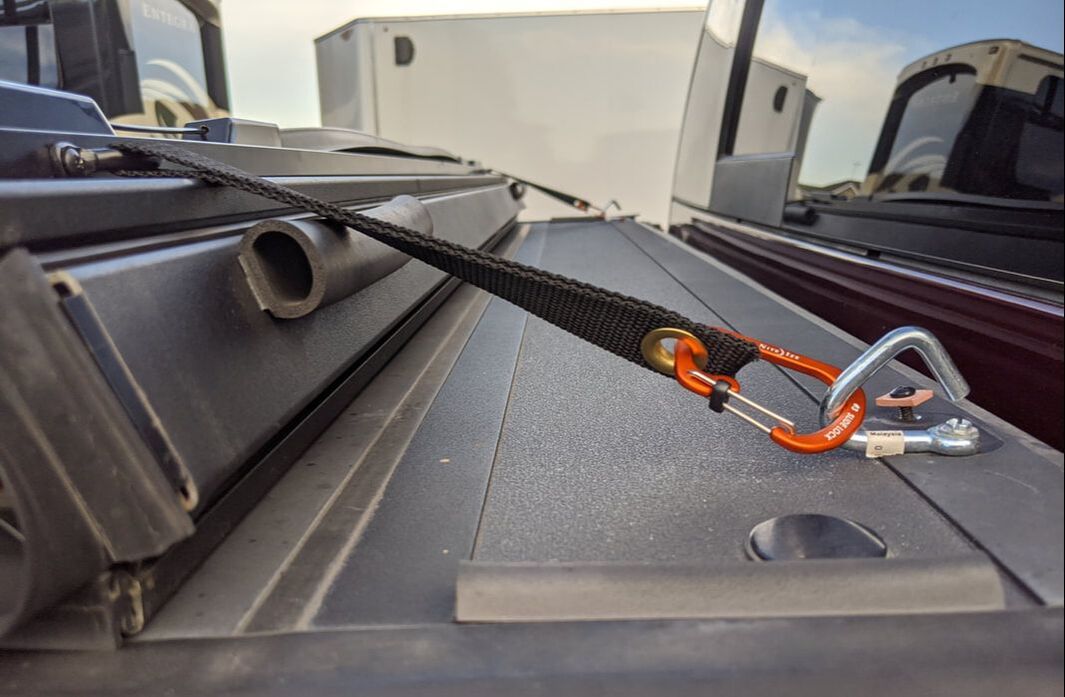
 RSS Feed
RSS Feed